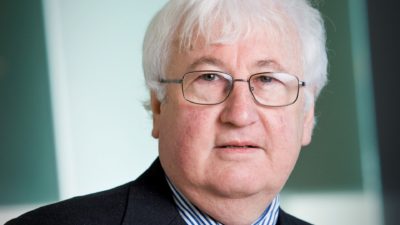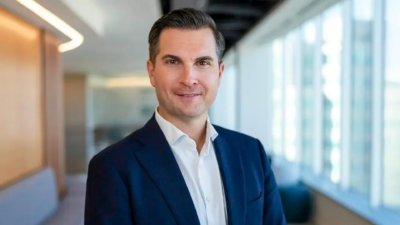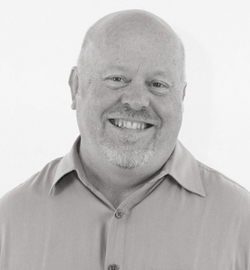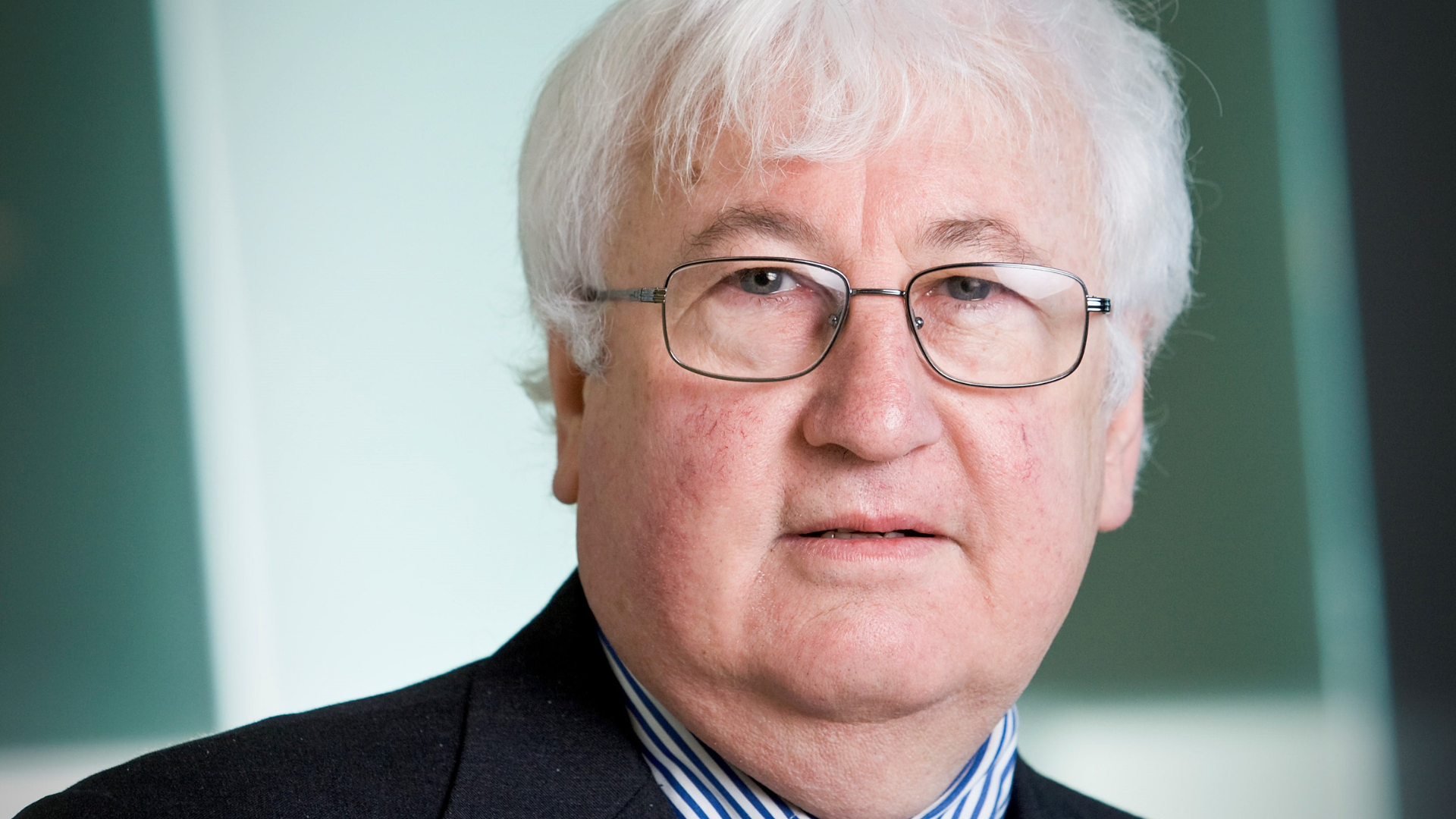How to judge culture in investee companies
WCM Investment Management, which manages global money for two of Contango Asset Management’s listed investment vehicles, puts a lot of store into the importance of analysing the corporate culture of its investee companies. This is not always easy.
The manager has been building a footprint in the Australian institutional market for about five years and, more recently through its partnership with Contango in the retail space. It has about US1.5 billion in Australian-sourced assets. Institutional representation is through Luke MacRedmond of Milestream in Melbourne.
Kurt Winrich, portfolio manager and co-chief executive of the firm, who joined in 1984 and which manages a total of about US$35 billion, says that culture and the trajectory of a firm’s economic moat are the two most important factors in picking stocks. They are often overlooked by investors, he says.
“An organisation could have the greatest products, a robust brand and reputation, effective policies and processes and a long history of trading, but if the culture is poor it’s much less likely to succeed when compared to a business with a healthy culture,” he says.
“Corporate culture is a much more important factor than most realise. Intuitively, this makes sense. If your employees hate working at your organisation they are not going to give their best efforts or ideas and that will make it nearly impossible to have a good company or investment. In contrast, if people enjoy working at the organisation, they’re going to do more for it and their colleagues, and for the customers.”
He uses the example of a comparison between two similar retail chains: Costco, which WCM has a big position in, and Sam’s Club. While their physical stores are very similar their business models identical, Costco dwarfs Sam’s Club in terms of profitability and margins, with sales per square foot roughly double that of the competitor. “We’ve concluded the corporate culture is generally the explanation,” Winrich says.
But how do you measure it? WCM uses a raft of metrics which include, face-to-face meetings with management and other staff (and former staff, turnover rates, online reviews, industry surveys and net promoter scores that reveal hard-to-quantify appraisals of cultural reputations or overall customer satisfaction. As an aside, it may be easier for WCM to have its own good corporate culture than a lot of other managers. Staff own 100 per cent of the firm and their head office is in Laguna Beach, California.
The economic moat, a phrase coined by Warren Buffett is a metaphor for competitive advantage. But WCM believes it’s the trajectory of this advantage which is more important than the size of the moat.
“The critical idea is how the competitive advantage is changing. Is it getting stronger or is it getting weaker? It’s the direction of change that matters, not the absolute level.”
Performance for WCM’s flagship Quality Global Growth strategy, used by the Contango vehicles, has been exceptional over the past 10 years. The funds also have low correlations with most of their international peers.
Marty Switzer, the chief executive of Contango, said his focus was to build the WCM brand in retail, through the LIC and exchange-traded managed fund.
– G.B.










